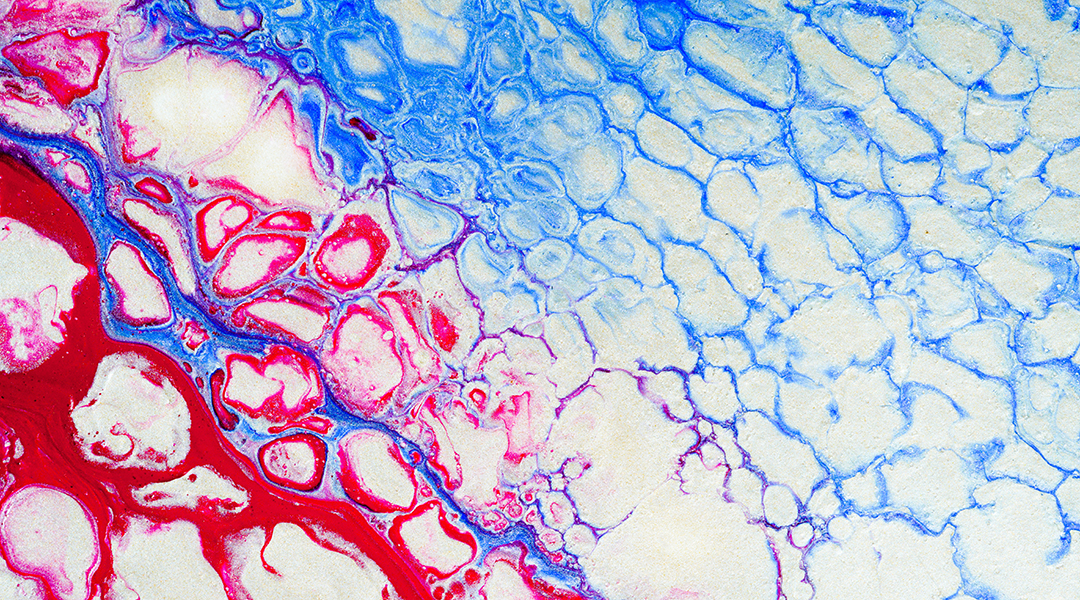Most investigations into the mechanisms underlying learning and memory have largely focused on the brain’s neurons. Recently, researchers reported that cells called pericytes present along the walls of small blood vessels within the brain play a role in long-term memory formation in rats and mice.
It seems that this particular brain function does not solely rely on neurons, but multiple cell types that help orchestrate its performance.
While crucial for blood flow regulation, pericytes are responsible for the healthy functioning of the blood-brain barrier that guards the brain. But recent research has reported that pericytes may be involved in various neurological conditions, including stroke, epilepsy and multiple sclerosis.
“This is important because brain diseases linked to vascular problems and/or metabolic problems may in fact derive from deficits of this cooperation,” the study’s senior author, Cristina Alberini, a researcher at New York University, United States, wrote in an email. “Thus, now we can formulate novel hypotheses for the causes of certain brain disorders, including Alzheimer’s disease and dementia.”
Insulin-like growth factor
Alberini and colleagues have been studying the effect of a protein hormone involved in various cellular processes on learning and memory in the brain for many years. Called insulin-like growth factor 2 (IGF2), it is structurally similar to insulin.
Over ten years ago, Alberini’s lab found that IGF2 levels rose in the a part of the brain involved in learning and memory called the hippocampus, in response to learning in rats.
“We first discovered that IGF2 is required for the formation of long-term memory (the memories that last for days, months or even a lifetime) and supplying IGF2 strongly enhances memory performance and persistence,” said Alberini. “In other words, IGF2 acts as a memory booster. Therefore, the next question we asked was ‘which cells in the brain produce IGF2 following learning?’”
The research team found connective tissue cells called fibroblasts and pericytes had high levels of IGF2. But after learning happened in both mice and rats, the hormone’s levels increased in pericytes alone. This led them to their next question: Is IGF2 in pericytes needed to form memories that last for days, months, and years to come?
Pericytes and long-term memory
To answer this question, the researchers used mice in which IGF2 production in pericytes was eliminated. They tested the formation of long-term memories in these mice on two fronts: contextual and spatial. Contextual memories relate to a particular event while spatial memories relate to where an object is placed.
They compared the contextual and spatial memory of these mice with that of normal mice in a series of behavioral tests. If mice learned to associate a mild foot shock with a specific context, subsequent exposures to the same context led the creatures to freeze up in fear, despite the absence of the shock. Whereas, mice acquired spatial memory learning when they spent more time with familiar objects placed in a new spot.
When compared to normal mice, those missing IGF2 in pericytes were unable to form long-term memories. This meant they spent less time freezing in anticipation of the foot shock and less time exploring the familiar object placed in a novel location.
Stopping IGF2 production in other cell types in the hippocampus, such as neurons and fibroblasts, did not affect memory formation. “Therefore we concluded that IGF2 from pericytes is key to support the formation of long-term memories,” said Alberini.
Moreover, the researchers noticed that neuronal stimulation led to IGF2 production in the pericytes of the hippocampus, which in turn stimulated neuronal activation mechanisms that are connected to learning.
“We demonstrated that a cooperation between neurons and pericytes is key for the formation of long-term memories,” added Alberini. IGF2 appeared to facilitate this cooperation between neurons and pericytes.
Reference: Kiran Pandey, et al., Neuronal activity drives IGF2 expression from pericytes to form long-term memory, Neuron (2023). DOI: https://doi.org/10.1016/j.neuron.2023.08.030
Feature image credit: FLY:D on Unsplash

















